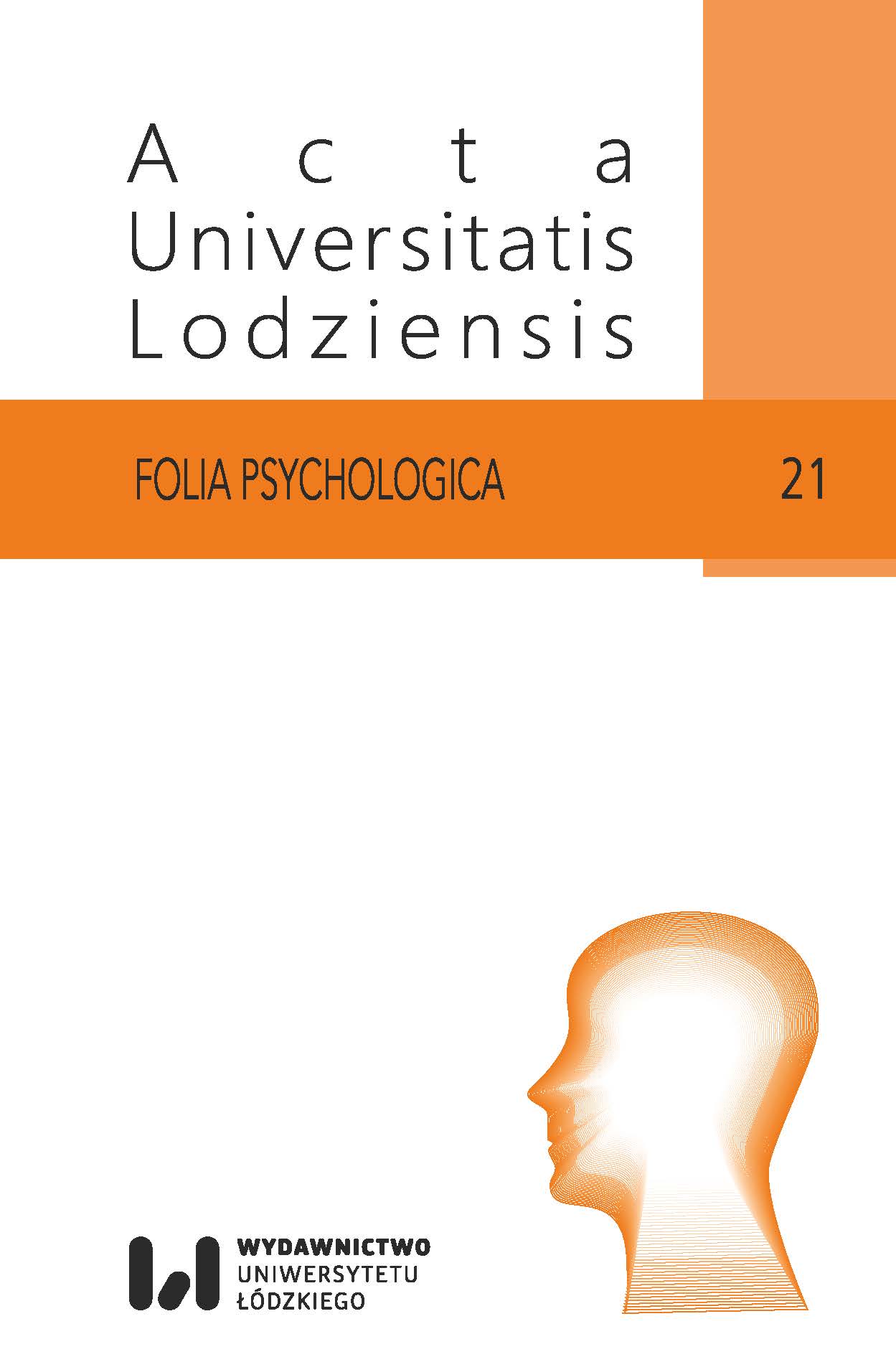Ocena wartości psychometrycznej wybranych technik projekcyjnych stosowanych w orzecznictwie psychologiczno-sądowym w sprawach o przestępstwa seksualne
Evaluation of Psychometric Properties of Selected Projective Tests for Forensic Diagnosis of Sexual Abuse
Author(s): Andrzej Śliwerski, Tomasz GarstkaSubject(s): Psychology
Published by: Wydawnictwo Uniwersytetu Łódzkiego
Keywords: projective tests; sexual abuse; forensic diagnosis; testy projekcyjne; wykorzystanie seksualne; opiniowanie sądowe
Summary/Abstract: Projective tests have unflagging popularity, especially among forensic psychologists. They have to deal with measurement of psychological variables among people who try to show themselves in a better light. In their opinion, projective tests may help to investigate deep-seated personality traits which may not be recognized consciously and allow children to present their trauma in a symbolic way. A growing amount of research shows, however, that indicators used in projective tests have nothing to do with the characteristics that they are supposed to represent. This is particularly important in case of child abuse diagnosis and diagnosis of child sexual offenders. Up till now, there is no evidence to support the thesis that projective tests may be useful for forensic diagnosis of sexual abuse. Thus, the following tests should be banned: the Tree-Drawing Test, the Rorschach Inkblot Test, the Thematic Apperception Test, the Human Figure Drawing, the House-Tree-Person Drawing, the Family Drawing, Luscher Colour Test, the Colour Pyramid Test and Szondi Test. // Testy projekcyjne cieszą się niesłabnącą popularnością, szczególnie wśród biegłych psychologów sądowych, którzy każdego dnia muszą mierzyć się z tendencją osób badanych do pokazywania się w lepszym świetle. W ich mniemaniu testy projekcyjne pomagają zbadać „rzeczywiste” cechy osobowości badanych, a w przypadku diagnozowania dzieci umożliwiają im symboliczną prezentację przeżytej traumy. Rosnąca liczba badań pokazuje jednak, że wskaźniki stosowane w testach projekcyjnych nie mają nic wspólnego z cechami, które rzekomo reprezentują. Jest to szczególnie ważne w przypadku diagnozy wykorzystania seksualnego dziecka oraz diagnozy potencjalnego sprawcy. Ze względu na brak jakichkolwiek badań uzasadniających zastosowanie do tego celu testów projekcyjnych, powinno być zabronione stosowanie następujących narzędzi: Testu Drzewa Kocha; Testu Plam Atramentowych Rorschacha; Testu Apercepcji Tematycznej (TAT/CAT); rysunku postaci; Testu Dom–Drzewo–Człowiek; rysunku rodziny; Testu Barw Luschera; Testu Barwnych Piramid Schaie, Heissa oraz Testu Szondiego.
Journal: Acta Universitatis Lodziensis. Folia Psychologica
- Issue Year: 2017
- Issue No: 21
- Page Range: 31-48
- Page Count: 18
- Language: Polish

